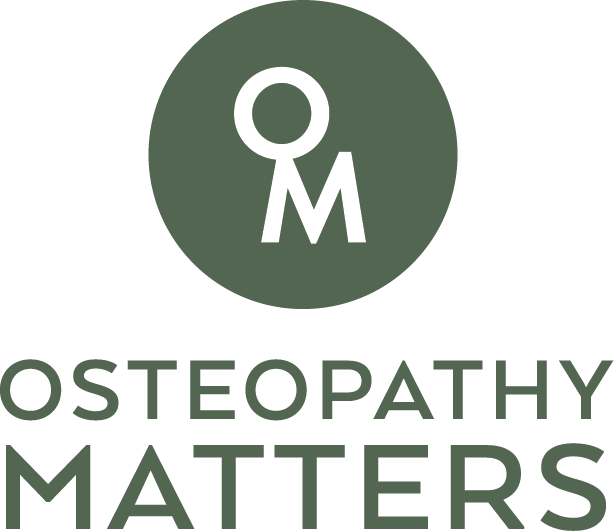How osteopathy works
Osteopaths are a mixed bag. Some of us manipulate and crack a lot, some of us are so subtle in our treatment methods you may wonder what is happening and some of us are somewhere in between. So, what does a treatment session with Osteopathy Matters/Kushla typically involve?
As a new patient, we begin by going through your medical history. This is a very important part of the session as learning that you broke your collarbone as a child may be a big contributor to your adult neck pain.
After compiling an overview of your past, we discuss the issue, including the type of pain and things that aggravate or relieve. If you’re looking for a maintenance treatment, as opposed to injury treatment, we’ll go over your general health and how you want to improve (patients who have regular maintenance sessions once a month or so often avoid injury).
Examination is next. I'll ask you to lean forward, trying to touch your toes, and prompt other movements that show me your range of motion. If this relates to a specific joint or injury, there may be further tests and sometimes a referral for an ultrasound or x-ray.
Treatment depends on what I see in the examination and feedback from you. It doesn't need to hurt to be effective and it’s important that you can relax during treatment. I sometimes manipulate joints, gently. I use my hands to release soft tissue, which is like a massage but without the balm and involves direct pressure to the area rather than sweeping movements.
Sometimes I use techniques aimed at balancing ligaments. This is very subtle and relies on my ability to palpate very gently: it’s a technique learnt by placing your hands on bodies with that intention for years and years, combined with anatomical knowledge of everything you are affecting. Then I retest your range of motion, as that is the only true way to assess an improvement.
Generally, it all feels great from a patient perspective. You might feel a little sore after treatment (you may not). It is normal for the body to respond this way and generally by the next day, two at most, you feel much better. I often send you off with some lovely muscle cream or a spikey ball for self care and always with some stretches to be done regularly at home. You can feel quite wiped out after a treatment, so a quiet night in and lots of water is best.
